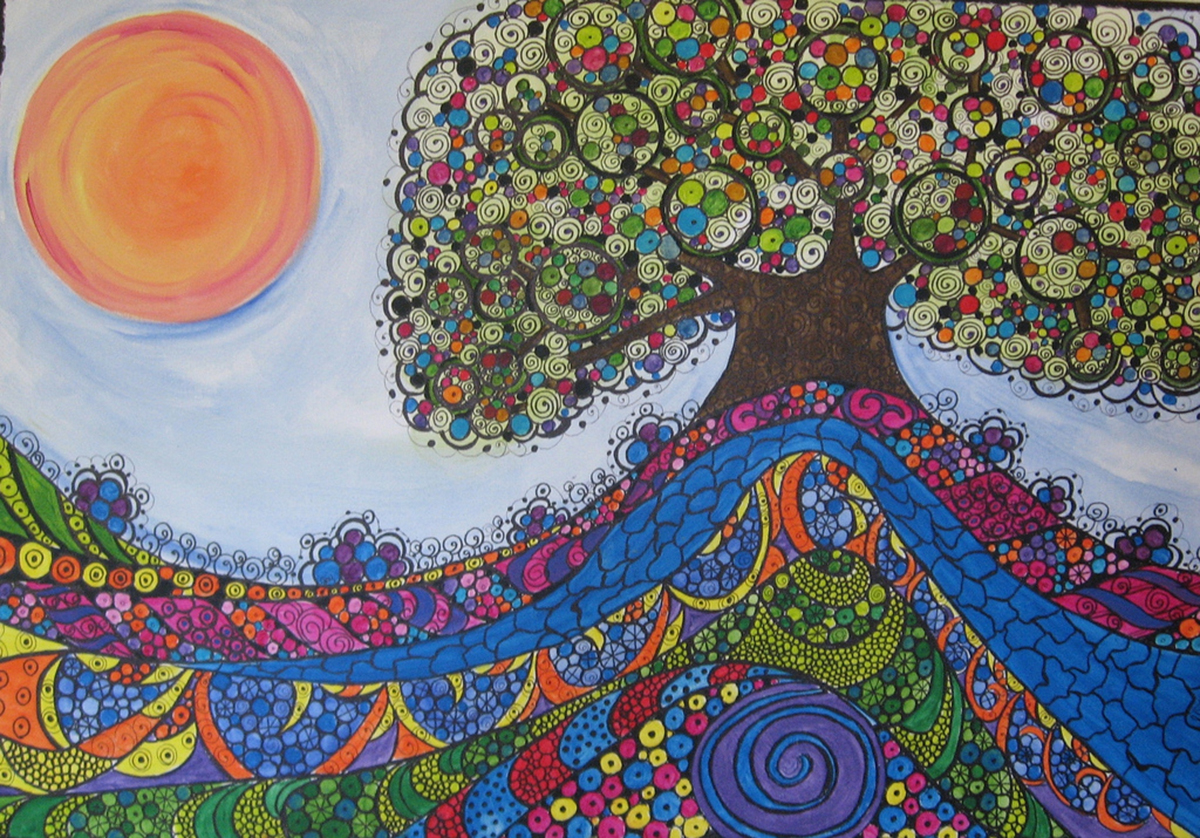Table of Contents
Nearly all of us have some favorite food, some favorite product, or some favorite activity that is associated with a higher rate of cancer. The fact is, nothing on this list is sure to kill you. The majority of smokers, for example, don't die of lung cancer, although they are far more likely than non-smokers to develop the disease. The majority of consumers of sausages and lunch meat don't die of colon cancer, although they are more likely to develop that disease.
No single factor on this list is punishable by a death sentence, but the more of this list that is part of your life, the more likely you are to develop cancer as you age. Make prudent choices. Enjoy your life, but avoid excesses.

Cancer risk factors include:
- Extreme age (over 85).
- Smoking, especially with exposure to other atmospheric carcinogens, such as dust, ash, carbon particles from vehicle exhaust, household heating fires (wood and kerosene), and industrial chemicals.
- Second-hand tobacco smoke.
- Smokeless tobacco products.
- Ultraviolet light from the sun, especially on fair skin.
- Sunlamps and sun beds for tanning.
- Vitamin D deficiencies.
- Coal tar products, either exposure to coal tar production or use of coal tar products on the skin.
- Talcum powder (risk factor for ovarian cancer).
- Plants containing aristolochic acid (used in Chinese herbal medicine, but banned in the US, Canada, and EU). If you are using Chinese herbal medicine elsewhere, it's OK to inquire about its safety.
- Chinese-style salted fish and fish sauce, if consumed uncooked.
- Sawdust, breathed in over a period of years.
- Processed meats containing either nitrates or nitrites.
- Asbestos, now banned in the US and many other countries.
- Arsenic and inorganic arsenic compounds. Arsenic in plants is not as toxic as inorganic arsenic compounds.
- Oral contraceptives, sequential forms of hormonal contraception (a period of estrogen-only followed by a period of both estrogen and a progestogen).
- Hormonal contraceptives containing both estrogen and progesterone.
- Estrogen therapy after menopause.
- Beverage alcohol.
- Drinking scalding hot beverages on a regular basis.
- Chronic hepatitis B infection.
- Chronic hepatitis C infection.
- Human papillomavirus (HPV) types 16, 18, 31, 33, 35, 39, 45, 51, 52, 56, 58, 59 and 66.
- Chronic exposure to formaldehyde.
- Nickel compounds consumed with food or in water.
- Cadmium contamination in food or water.
- Mercury contamination in fish or fish oil.
READ Studies Claim Green Tea is Very Effective in Preventing Cancer and Dementia
- Crystalline silica dust (inhaled in the form of quartz or cristobalite from occupational sources).
- Thiotepa (1,1’,1”-phosphinothioylidynetrisaziridine), a chemotherapy drug.
- Etoposide alone and in combination with cisplatin and bleomycin in cancer treatment.
- Cyclophosphamide (Cytoxan) chemotherapy for cancer.
- Radiation therapy for cancer.
- MOPP and other combined chemotherapy including alkylating agents.
- Methoxsalen (8-Methoxypsoralen) plus ultraviolet A-radiation for psoriasis.
- Any kind of particulate matter in outdoor air pollution.
- Infection with Opisthorchis viverrini, a Southeast Asian liver parasite.
- Human immunodeficiency virus type 1 (HIV) infection.
- Human T-cell lymphotropic virus type-I infection
- Epstein-Barr virus infection.
- Helicobacter pylori (peptic ulcer bacteria) infection.
- Schistosomiasis infection.
- Human herpes virus 8 (HHV-8) infection, almost always in people who have HIV.
- Merkel cell polyomavirus (MCV) infection, which can cause an aggressive form of skin cancer.
- Radon, trapped in basements in houses built over radioactive rock formations.
- Diethylsilbesterol (DES) exposure before birth (most common among people born in the 1950's and 1960's).
- Low-iodine diets (risk factor for follicular thyroid cancer).
- Diets devoid of plant foods.
- Excessive CT (computed tomography) scans.
- Direct exposure to nuclear radiation.
- Secondary exposure to nuclear fallout.
- Heidi Ledford. Cancer studies clash over mechanisms of malignancy: Debate surrounds relative importance of environmental and intrinsic factors. Nature News. 16 December 2015.
- Photo courtesy of mescon: www.flickr.com/photos/mescon/3529592370/
- Photo courtesy of julieleuthold: www.flickr.com/photos/julieleuthold/7521645058/


Your thoughts on this